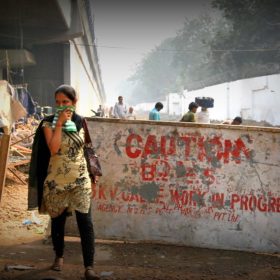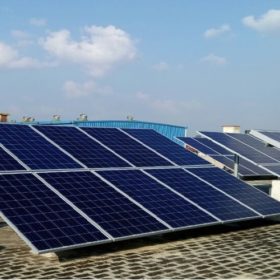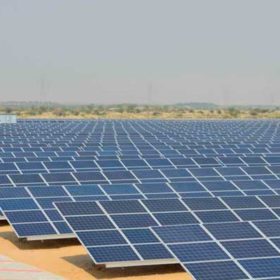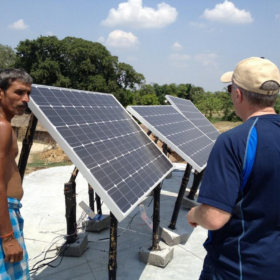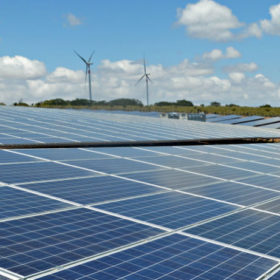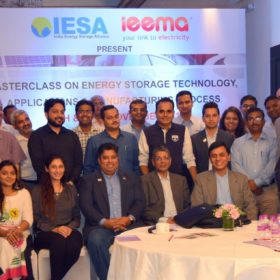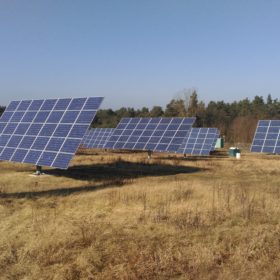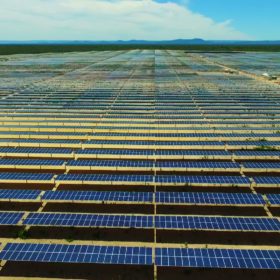The weekend read: Will duties ADD doubt to India’s solar growth?
The threat of India’s government imposing anti-dumping duties (ADD) against solar cells and modules from China, Taiwan and Malaysia is very real, and runs counter to its own ambitions of hitting 100 GW of solar by 2022. Or does it? Could duties help to boost India’s solar industry in other ways? And does the ongoing political uncertainty create opportunity or trepidation for industry?
Anti-dumping hearing moved to December 12
The anti-dumping hearing was scheduled to be held on November 30. It has, however, been postponed to December 12, 2017. The India Solar Manufacturers Association (ISMA) still expects a result in its favor.
Turnaround as Andhra Pradesh agrees to buy power from Kadapa solar plant
Despite the 250 MW solar project securing a record low bid of INR 3.15 ($ 0.05)/kWh in April, Andhra Pradesh refused to buy the generated power, after tariffs fell further in subsequent auctions. This decision has now been rescinded, according to The Economic Times, with the affected parties having reached a compromise.
India needs 330,000 renewable jobs, WRI estimates
India needs to create around 330,000 jobs over the next five years if it is to achieve its ambitious renewable energy goals, according to a new report by the World Resources Institute. Several methods have been recommended for boosting jobs in the sector, while also tackling poverty eradication.
Public sector investment crowding out private investors
Since 2014, around 29 GW of utility scale solar tenders have been issued in India. Most of this capacity (81%, 23.5 GW) has been tendered by NTPC, SECI, DISCOMs and other public sector entities for project development by the private sector. But there is also a sizeable 19% (5.5 GW) tendered in the form of […]
Energy storage shines bright in India
IESA and IEEMA have together organized a masterclass to develop advanced energy storage manufacturing in India. The event has also witnessed increased government support for the sector as energy storage opportunities in India are expected to attract investment of more than $3 billion in the next three years.
Potential for PV to snap significant share of $40 billion distributed energy industry in frontier markets – BNEF
There is potential for solar PV and storage to snap a significant share of the distributed energy industry in frontier markets, says BNEF. Both telecoms and agriculture present interesting opportunities; SE Asia is an emerging micro grid hotspot; pay-as-you-go solar is seeing strong growth; and China is recording substantial business.
India solar installs hit 2.2GW in Q3
Record growth continues as India installed 2,247 MW of solar projects in Q3 2017, up 15% from Q2 2017. The total installation at the end of 2017 is expected to range from 9.5 GW to 10 GW. The 7 GW solar installation in first nine months covered more than one-third of total new power capacity addition in 2017.
Global emerging markets become opportunities for Indian renewable firms to evade risks
Renewable developers, mainly solar firms, are now looking abroad, especially in Southeast Asia, the Middle East and Africa to diversify their assets and business portfolio, finds report.
Sunsure Energy look at $30.8 million revenue in FY2018
The New Delhi based solar developer is marking its second consecutive year of growth. Sunsure Energy founded in 2014, until now, has commissioned 6+ MW and is executing 25+ MW solar installation across India.
